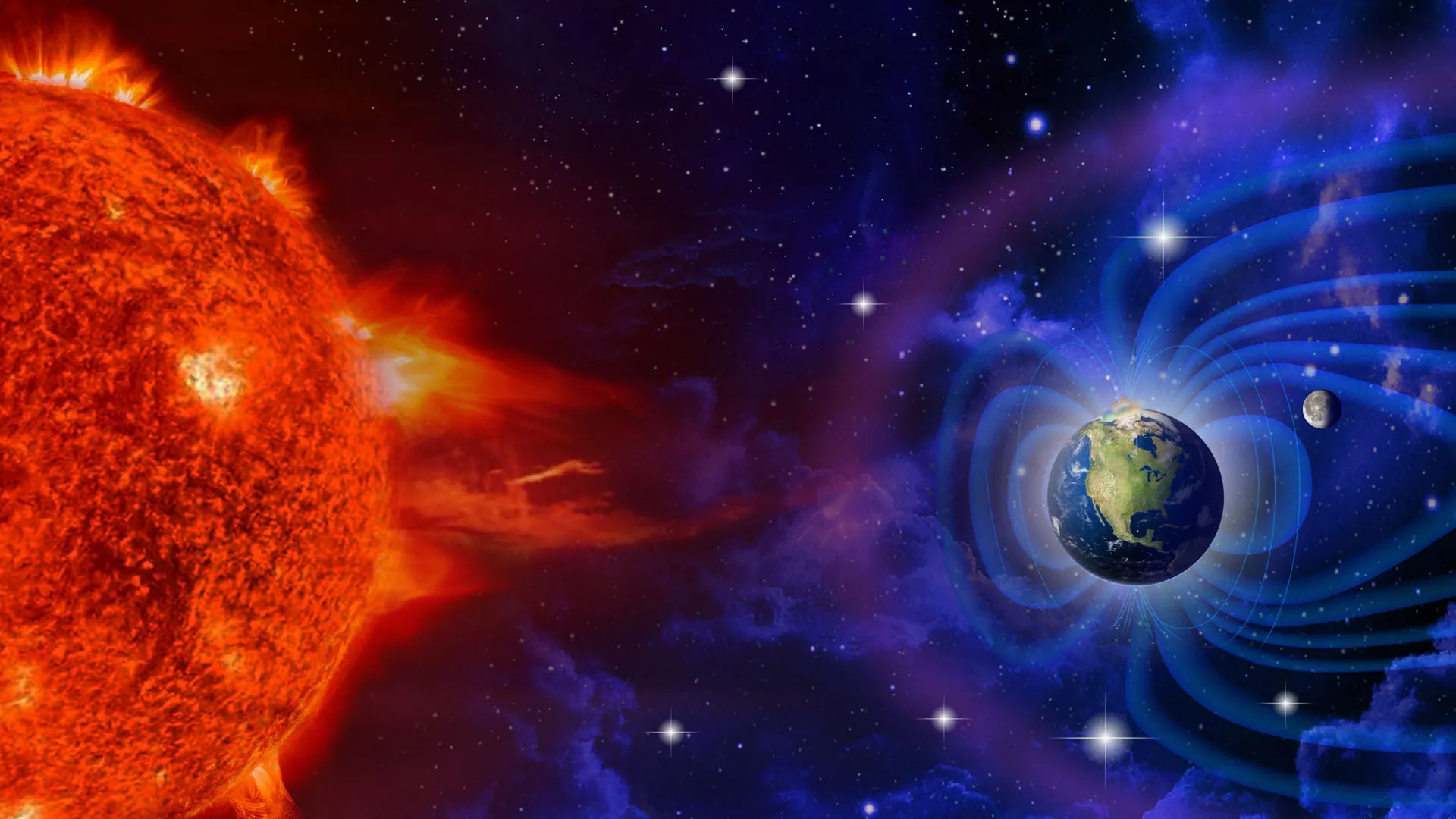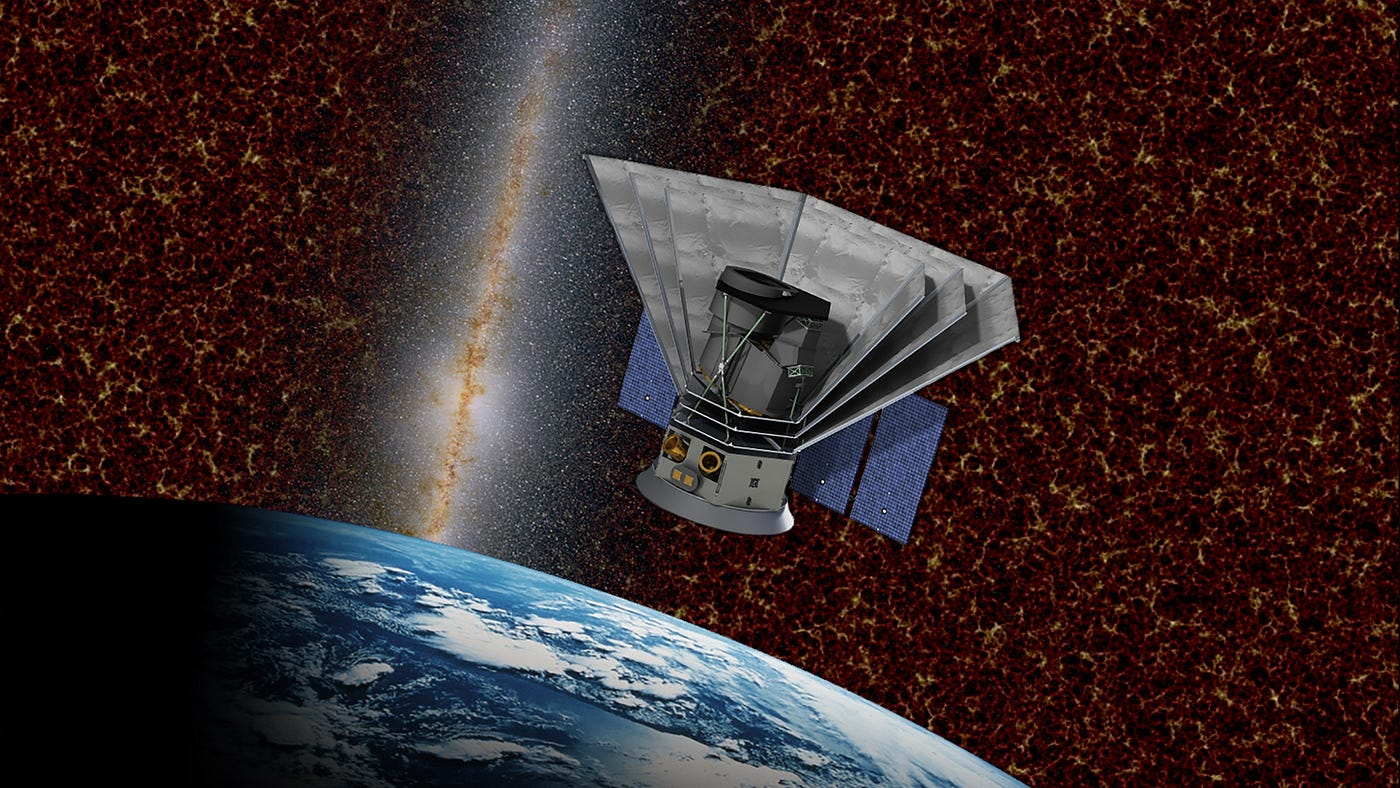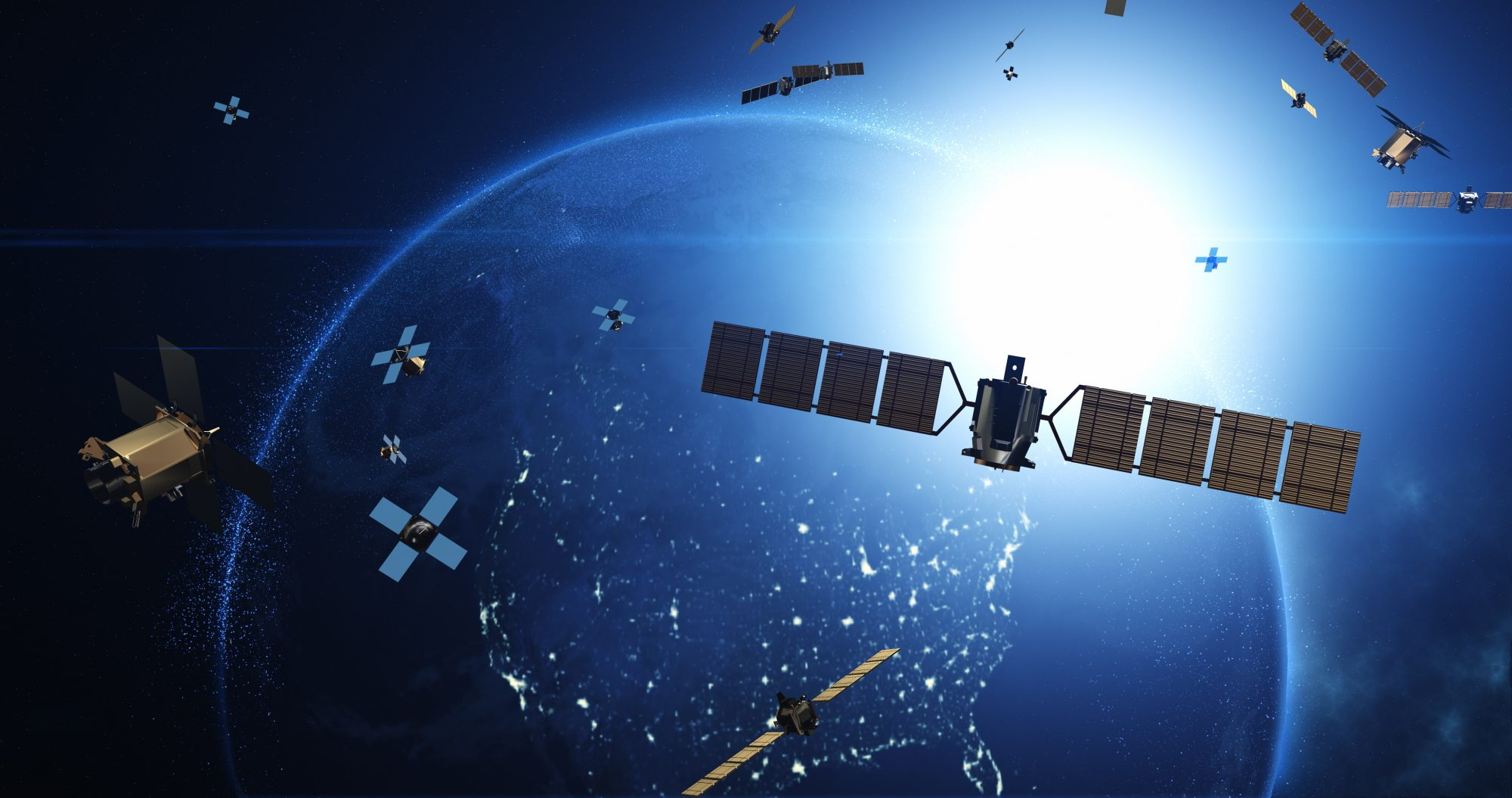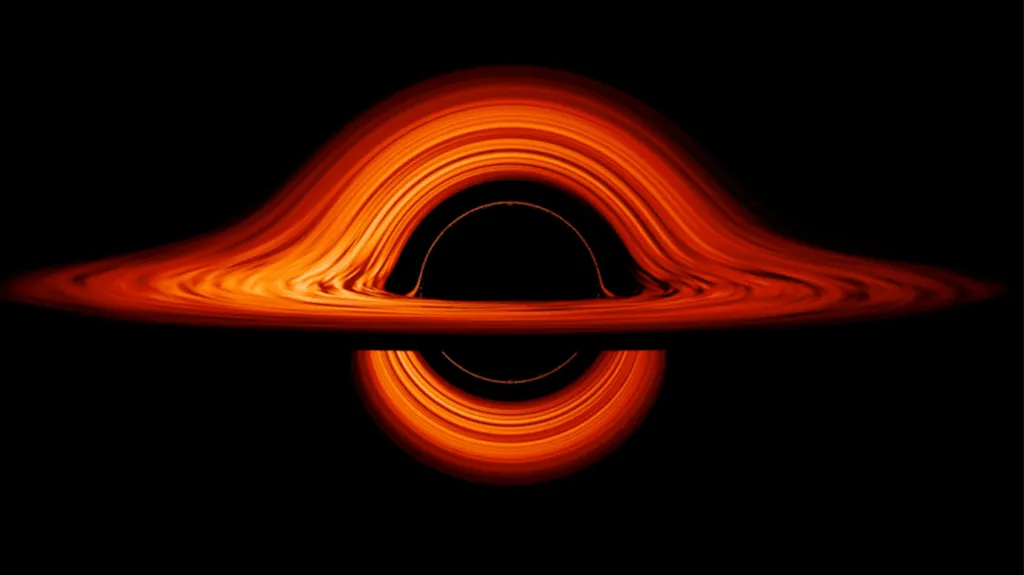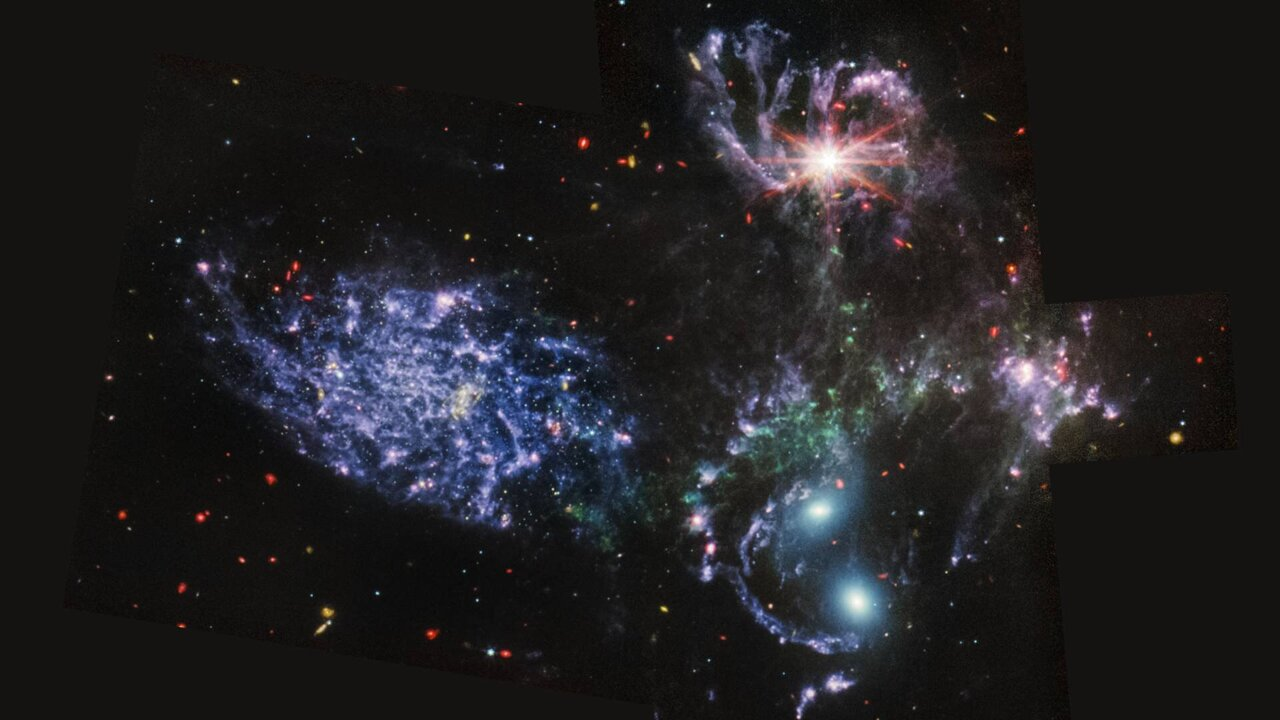zoomacademia.com – Space weather, a term that encompasses the environmental conditions in space, can significantly impact our planet. It refers to the interactions between the solar wind, the Earth’s magnetic field, and the upper atmosphere. Understanding space weather is crucial not only for protecting technology and infrastructure but also for safeguarding human health. This article delves into the various ways space weather influences Earth, from geomagnetic storms to the effects of solar flares.
What is Space Weather?
Space weather originates from the Sun and encompasses various phenomena, including solar flares, coronal mass ejections (CMEs), and solar wind. These events can release vast amounts of energy and charged particles into space, which can interact with Earth’s magnetic field and atmosphere.
- Solar Flares: Sudden bursts of energy from the Sun’s surface, solar flares can emit X-rays and ultraviolet radiation. While they typically last only a few minutes to a few hours, their impact can be felt on Earth.
- Coronal Mass Ejections (CMEs): These are massive bursts of solar wind and magnetic fields rising above the solar corona or being released into space. When directed toward Earth, they can trigger significant geomagnetic storms.
- Solar Wind: A continuous stream of charged particles emitted from the Sun, the solar wind can vary in intensity and speed, affecting Earth’s magnetosphere and atmosphere.
Effects on Technology
One of the most immediate impacts of space weather is on technology. Geomagnetic storms can induce currents in power lines, potentially damaging transformers and causing widespread blackouts. In March 1989, a severe geomagnetic storm caused a nine-hour blackout in Quebec, affecting millions.
Satellite operations are also at risk. High-energy particles can disrupt satellite electronics, degrade sensors, and shorten their operational lifespan. For instance, during solar storms, satellites may experience communication interruptions, GPS inaccuracies, and radiation exposure that can harm their instruments.
Impact on Communication Systems
Space weather significantly affects communication systems, particularly those relying on radio waves. Solar flares can cause radio blackouts and disrupt high-frequency communication, which is critical for aviation and maritime operations. These disruptions can lead to delays and challenges in navigation, emphasizing the need for real-time monitoring of solar activity.
Effects on Human Health
Astronauts and airline passengers flying at high altitudes are particularly vulnerable to increased radiation levels during solar events. While Earth’s atmosphere provides substantial protection, high-energy particles from the Sun can pose health risks, such as increased cancer risk for astronauts on extended missions. Airlines often reroute flights over polar regions during severe solar storms to minimize radiation exposure.
The Auroras: Nature’s Light Show
One of the most beautiful consequences of space weather is the auroras—Aurora Borealis in the northern hemisphere and Aurora Australis in the southern hemisphere. These dazzling displays occur when charged particles from the solar wind collide with atoms in Earth’s atmosphere, exciting them and causing them to emit light. Auroras are not just a visual spectacle; they provide valuable data about the Earth’s magnetosphere and atmospheric conditions.
Monitoring and Forecasting Space Weather
To mitigate the effects of space weather, scientists actively monitor solar activity. Organizations like NASA and the National Oceanic and Atmospheric Administration (NOAA) employ satellites and ground-based observatories to track solar flares and CMEs. Forecasting models help predict potential impacts on Earth, enabling industries to take preventative measures.
Conclusion
Space weather is a fascinating and complex phenomenon that plays a critical role in our daily lives. From disrupting technology to creating breathtaking natural displays, its influence is profound. As we continue to rely on advanced technology and venture further into space, understanding and monitoring space weather will become increasingly important to ensure the safety and security of our planet and its inhabitants. By enhancing our knowledge and preparedness, we can better navigate the challenges posed by the dynamic environment of space.



